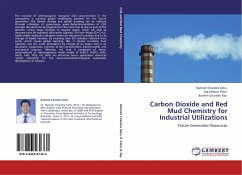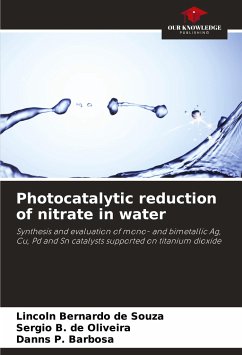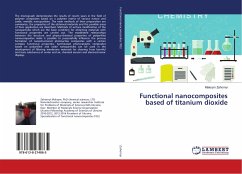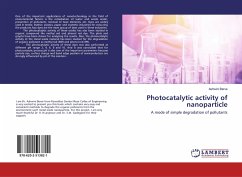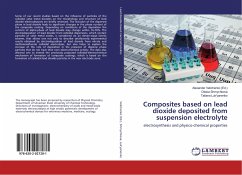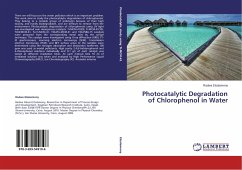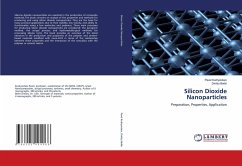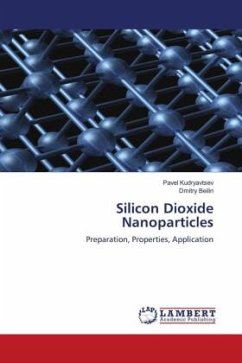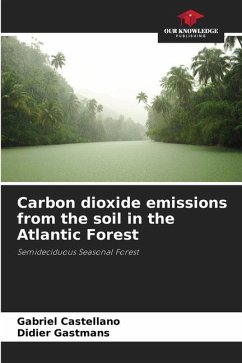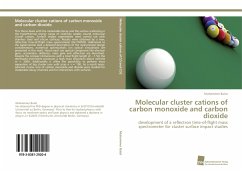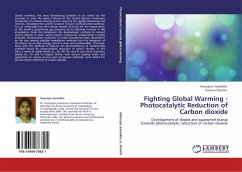
Fighting Global Warming - Photocatalytic Reduction of Carbon dioxide
Development of doped and supported titania towards photocatalytic reduction of carbon dioxide
Versandkostenfrei!
Versandfertig in 6-10 Tagen
52,99 €
inkl. MwSt.

PAYBACK Punkte
26 °P sammeln!
Global warming, the most threatening problem to be solved by the scientists to meet the Kyoto Protocol of the United Nations Framework Convention on Climate Change and to conserve the rapidly exhausting fuel reserves, stimulated the current research towards artificial photosynthesis. It is an undeniable fact that carbon dioxide accounts for the largest share of the world s greenhouse gas emissions by its alarming increase in the atmosphere. From this standpoint, the development methods to convert carbon dioxide to more useful organic compounds inexpensively is highly desirable. Photocatalytic ...
Global warming, the most threatening problem to be solved by the scientists to meet the Kyoto Protocol of the United Nations Framework Convention on Climate Change and to conserve the rapidly exhausting fuel reserves, stimulated the current research towards artificial photosynthesis. It is an undeniable fact that carbon dioxide accounts for the largest share of the world s greenhouse gas emissions by its alarming increase in the atmosphere. From this standpoint, the development methods to convert carbon dioxide to more useful organic compounds inexpensively is highly desirable. Photocatalytic reduction of carbon dioxide has been reported to be the best among available remediation methods from the viewpoint of the direct use of solar energy, which is clean and inexhaustible. This book deals with the methods to improve the photoefficiency of commercially available titania for photocatalytic reduction of carbon dioxide. In this view, a series of noble metals viz., Ru, Rh, Pd, and Ptand other transition metals viz., Fe and Cu doped titania, with various doping levels, and supported on various porous and nonporous materials, were tested for photocatalytic reduction of carbon dioxide.



